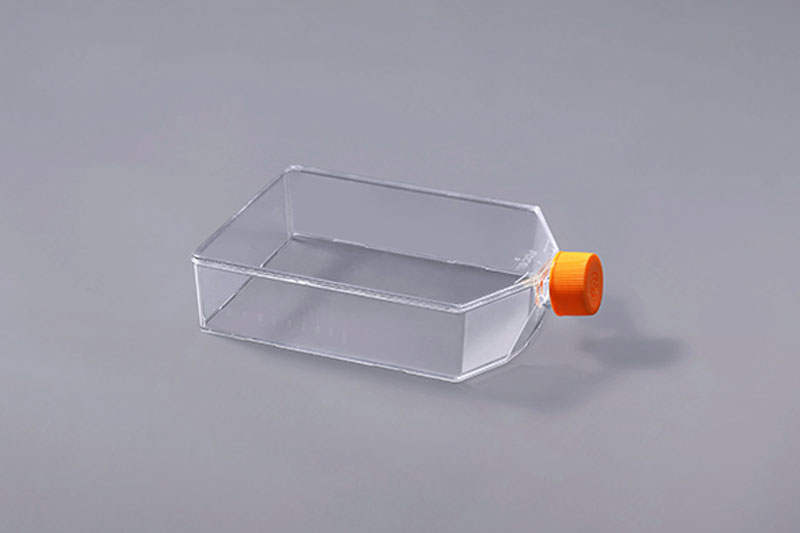Cell cryopreservation is a technique that puts cells in a low temperature environment to reduce cell metabolism for long-term storage. In addition to protecting cells, this technology is often used to purchase, gift, exchange, and transport certain cells. So, how do we transfer cryopreserved cells to cell culture flasks?
The frozen cells need to be resuscitated before the next operation can be carried out. The resuscitation of the cells should be fast, so that the viability of the cells can be well preserved. The operation can be carried out as follows:
1. After receiving the cells, check whether the outer packaging is complete; open the outer packaging and take out the cells stored in dry ice;
2. Check whether the cryopreservation tube is damaged, whether the contents are melted, and quickly put the removed cryopreservation tube into a 37℃ water bath to melt;
3. The cryopreservation tube is disinfected with 75% alcohol and placed in a biological safety cabinet;
4. Add 5ml complete medium to a 15ml centrifuge tube for use;
5 Add the cell suspension in the cryopreservation tube to the prepared medium and mix gently;
6. Put the 15mL centrifuge tube into the centrifuge and centrifuge at 1000rpm/min (about 200g) for 3-5min;
7. Add 5ml complete medium to 25ml cell culture flask for use;
8. Take out the centrifuged cells, sterilize them with alcohol, and put them in a safe cabinet;
9. Gently aspirate the centrifuged cell supernatant, add 1ml complete medium to resuspend the cells;
10. Add the resuspended cells to the prepared cell culture flask and mix gently;
11. Observe the state and density of the inoculated cells under a microscope, and place the culture flask in a 37°C incubator for culture.
In the process of cell recovery, rapid fusion can ensure that the extracellular crystals melt in a short period of time, and avoid damage to the cells due to the slow melting that causes water to penetrate into the cells to form intracellular recrystallization. The cell culture flasks and other consumables used should be aseptic.
The FAI climbed 5.9 percent year-on-year in the first 11 months of 2018, quickening from the 5.7-percent growth in Jan-Oct, the National Bureau of Statistics (NBS) said Friday in an online statement.
The key indicator of investment, dubbed a major growth driver, hit the bottom in August and has since started to rebound steadily.
In the face of emerging economic challenges home and abroad, China has stepped up efforts to stabilize investment, in particular rolling out measures to motivate private investors and channel funds into infrastructure.
Friday's data showed private investment, accounting for more than 60 percent of the total FAI, expanded by a brisk 8.7 percent.
NBS spokesperson Mao Shengyong said funds into weak economic links registered rapid increases as investment in environmental protection and agriculture jumped 42 percent and 12.5 percent respectively, much faster than the average.
In breakdown, investment in high-tech and equipment manufacturing remained vigorous with 16.1-percent and 11.6-percent increases respectively in the first 11 months. Infrastructure investment gained 3.7 percent, staying flat. Investment in property development rose 9.7 percent, also unchanged.
 English
English



















































